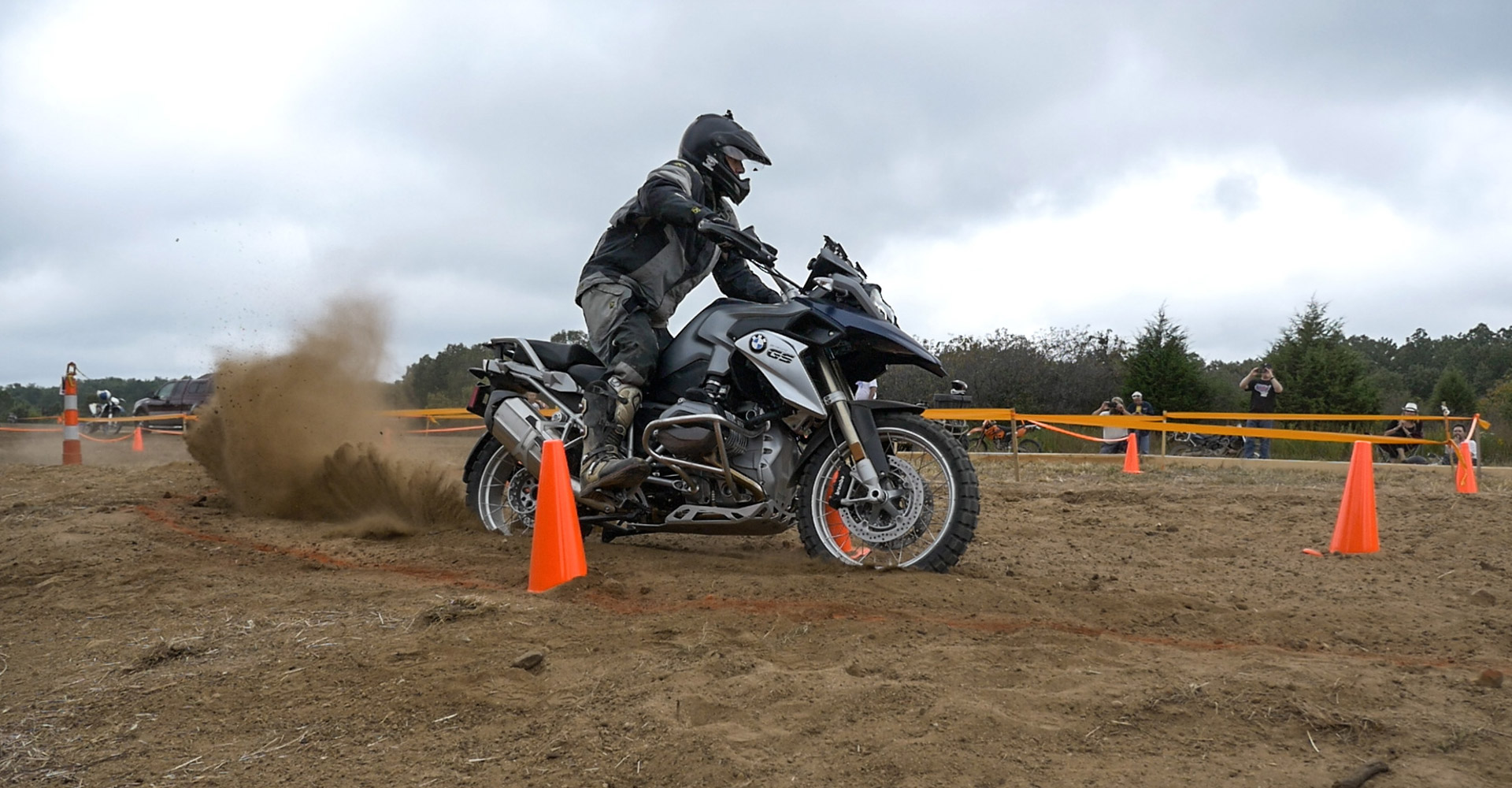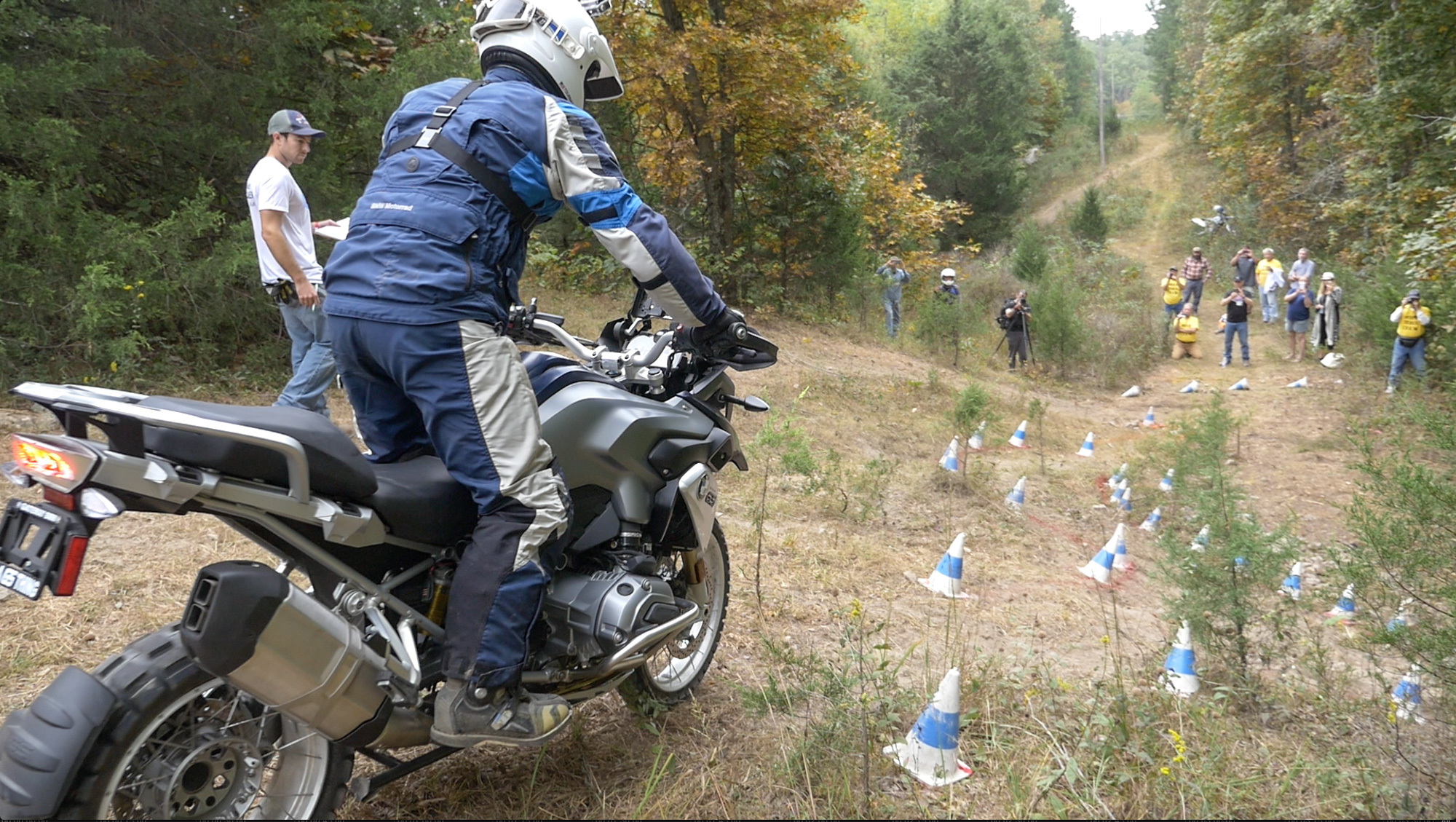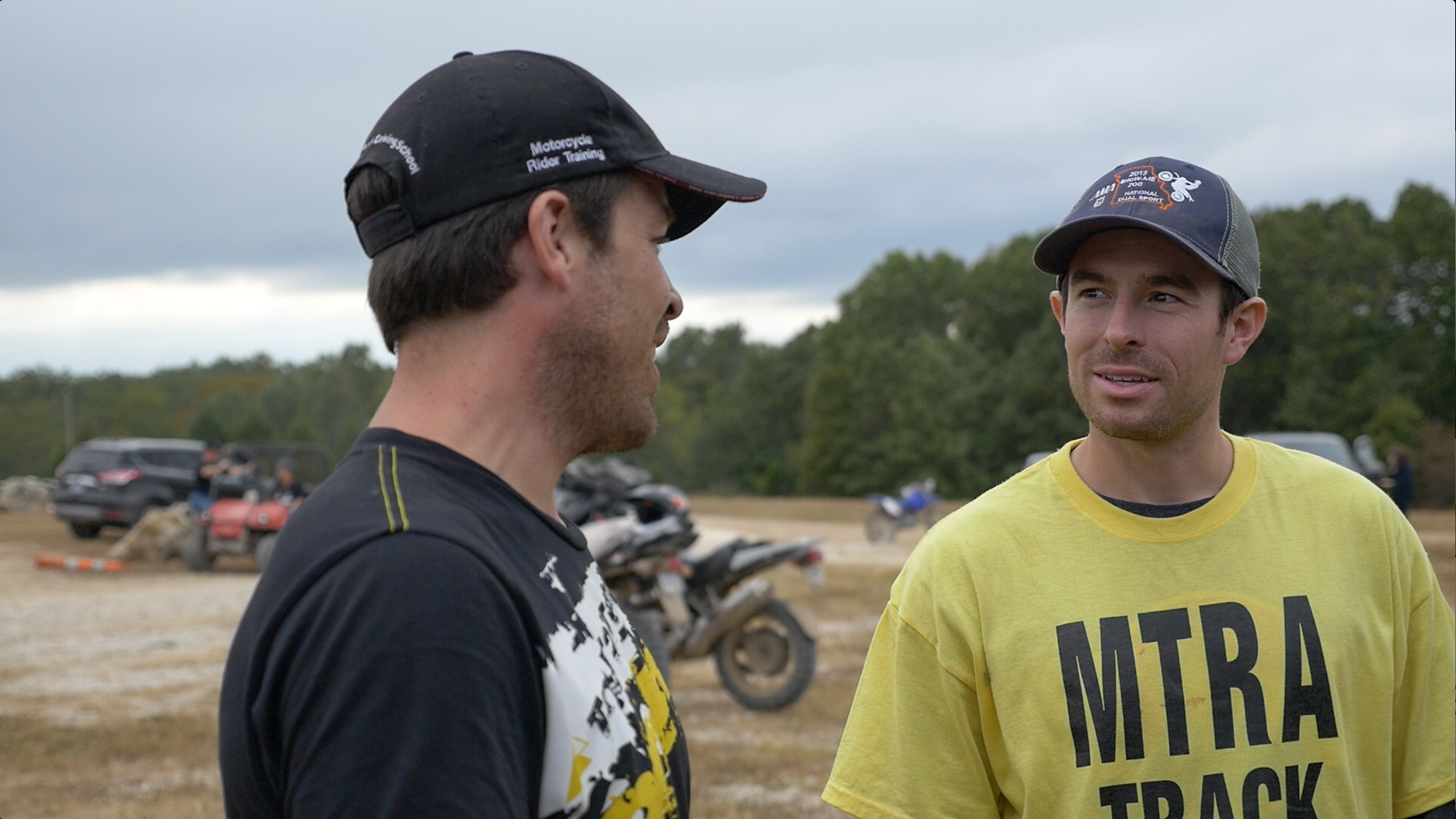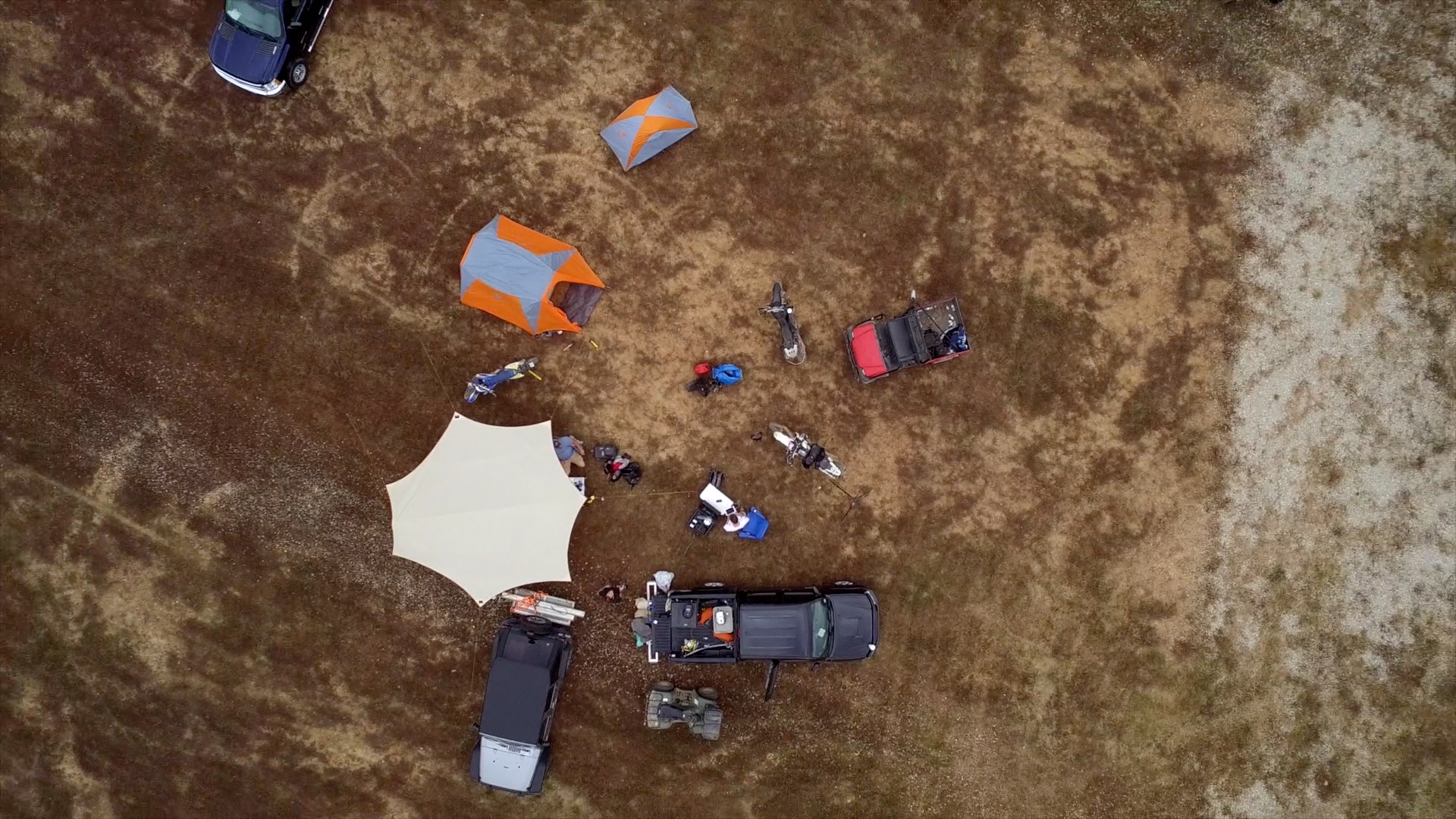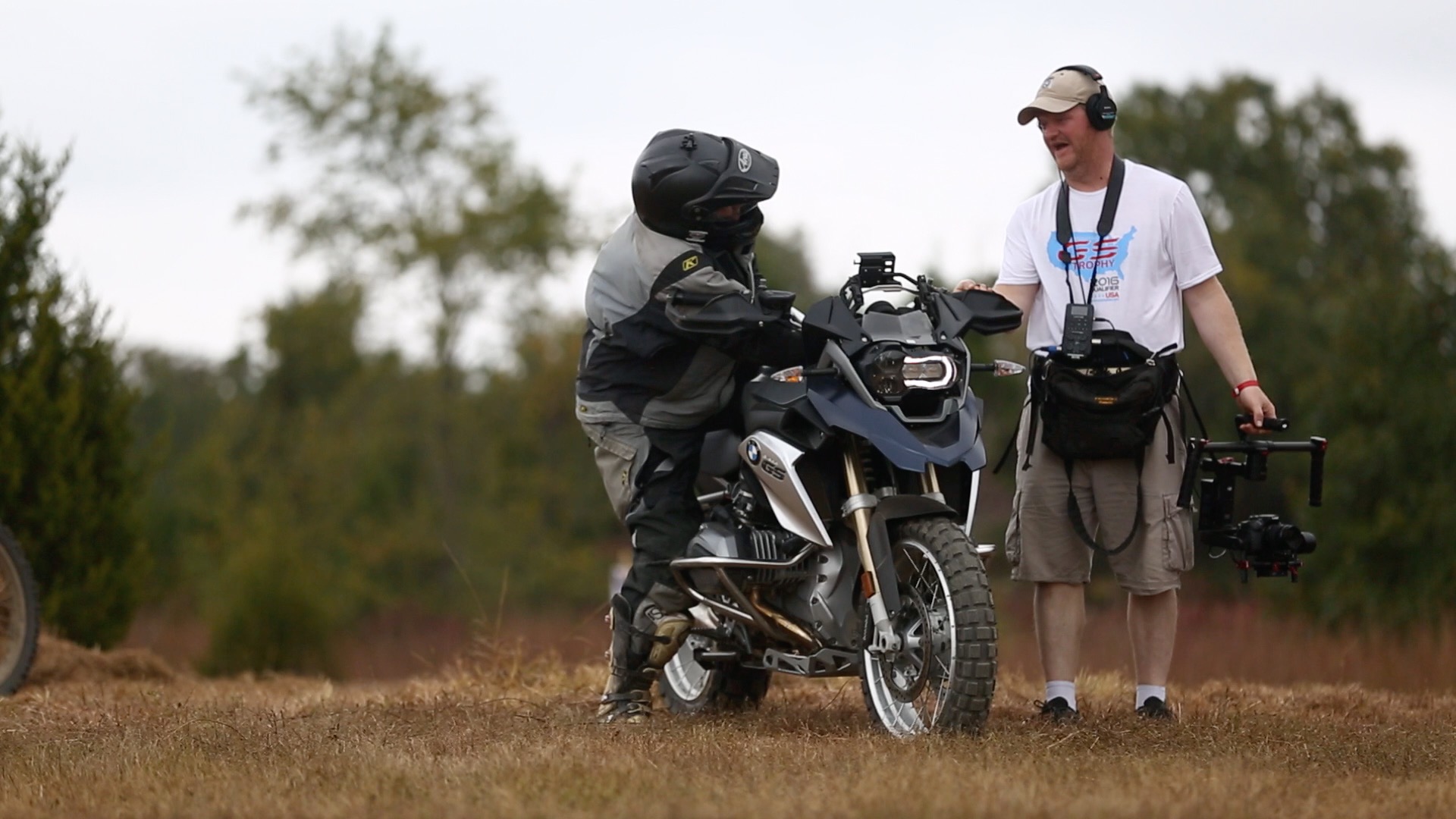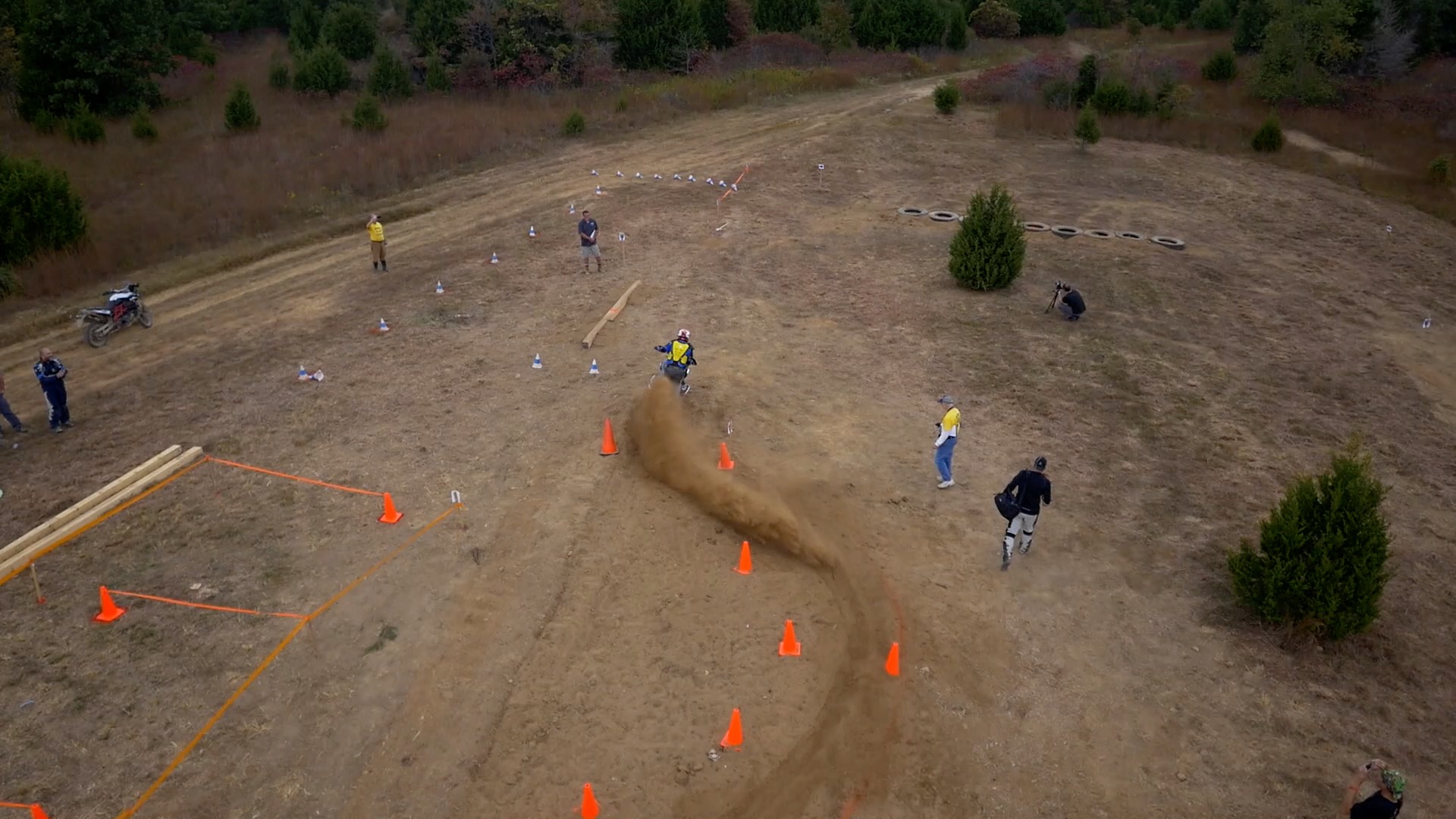On Location: Video Production with BMW Motorrad
Every two years, BMW Motorrad – the motorcycle-focused sub-brand – organizes an off-road adventure ride called The GS Trophy. It challenges competitors from nineteen nations to see who is the best off-road rider in the world, with everyone riding BMW R1200GS motorcycles. It involves every aspect of riding through the wilderness, from map navigation to mud pits. After qualifying, the final riders compete in daily stages and special challenges in Southeast Asia.
This year, BMW held three qualifying events for the U.S., with the Midwestern region’s event here in Bixby, Missouri. They brought in Kurt Yaeger, a great rider and actor of Sons of Anarchy fame, to provide commentary and conduct interviews with competitors.
With a long history of working with Gateway BMW as clients and friends, Atomicdust was a natural fit to help BMW North America film and photograph their Midwest Qualifier.
We loaded up our motorcycles and camping gear, then headed down to Bixby, about three hours south of our office in Midtown. With the sound of our generator in the background – which powered our lights and charged our batteries – we settled in for three days of filming and camping in the backwoods of Missouri. With the rare opportunity to experience an event like this, my brother and fellow partner at Atomicdust, Taylor Dixson, decided to compete. After finishing seventh overall and missing the cut for the third day of competition, Taylor joined me to record sound and operate one of the cameras.
Challenging Ourselves
While Atomicdust isn’t a dedicated photography or videography company, it’s always great to put our skills to the test for clients. And this project in particular gave me the opportunity to do something I had dreamed about since I was a kid paging through the National Geographics in my grandparents’ basement. I’ve always wanted to be a photographer and go on interesting expeditions with a load of camera gear.
This was the perfect opportunity, but it came with its own set of challenges.
The first hurdle was logistics. Being avid motorcycle riders ourselves, we put a lot of thought into how we would film the event. Capturing riders over rough terrain called for a variety of cameras and gear. We decided to use our Canon 5D III and a pair of Panasonic GH4 cameras for the majority of footage. Their ease of use and compact size came in handy while traveling the five-mile wooded course on dirt bikes and 4WD utility vehicles.
For clean, smooth action shots, we used a DJI Ronin gimbal to stabilize one of the GH4 cameras. When it came time to capture water obstacles and aerial shots, we wanted to showcase the size of the course and the beauty of the area. So we took advantage of the clear airspace with photography drones, including a DJI Inspire 1 and DJI S900, with a GH4 camera attached. That allowed us to achieve angles, shots and speed that highlighted different aspects of the event.
Moving camera gear and four people to various locations in the woods required quick planning and mental checklists. If we left a tripod behind, there wasn’t time to retrace our steps and retrieve it. And finding the perfect shot is a little more challenging when you’re trying to keep up with motorcycles racing around you.
Power. Digital cameras and shooting video chew through a lot of batteries. Backing up footage and audio to multiple hard drives on laptops requires even more electricity. So our little generator definitely got a workout, one that ended with us plugging in every device imaginable to charge through the night.
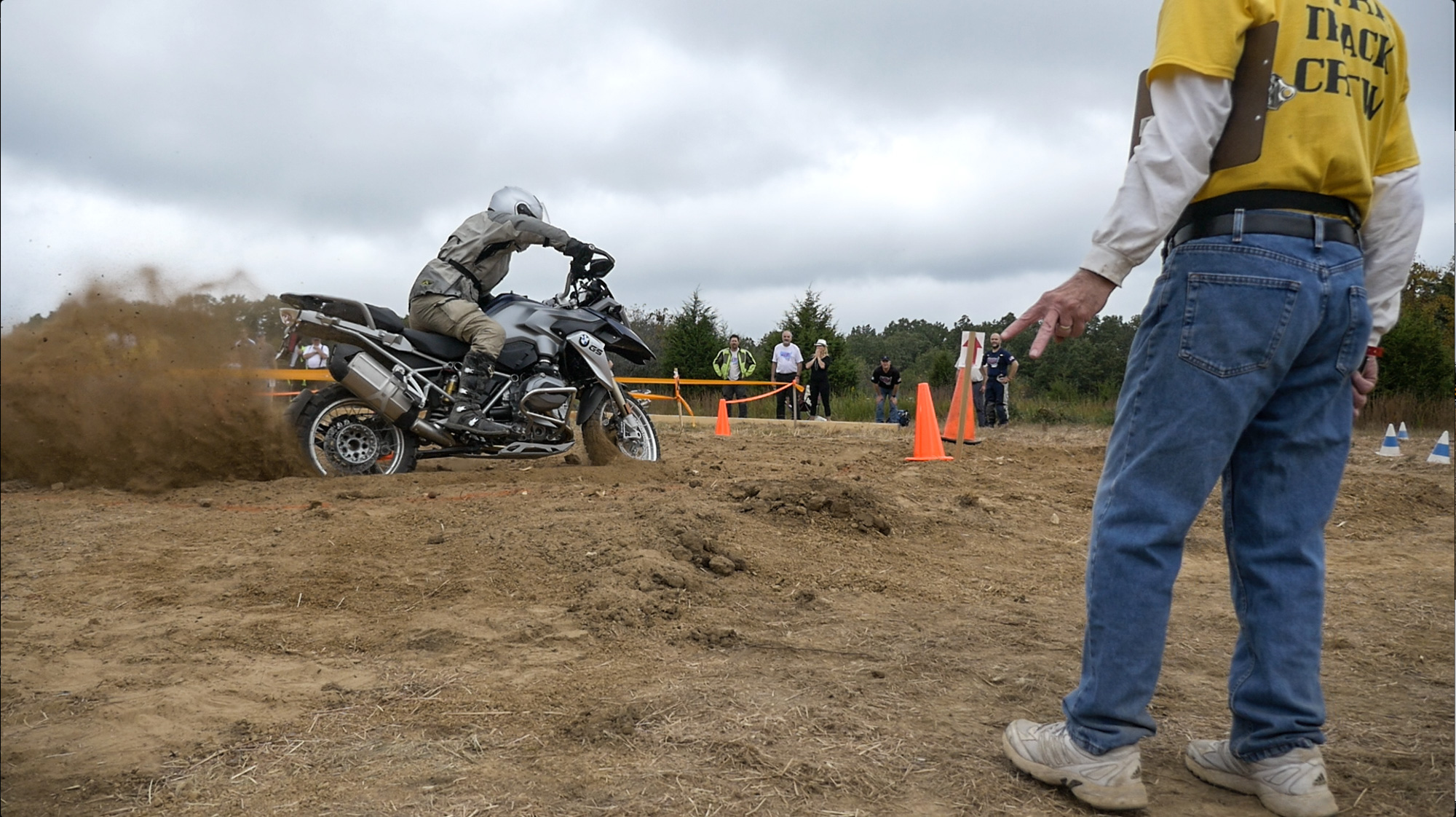
Dust. Mirrorless cameras like the GH4 leave the image sensor exposed when lenses are changed. Hauling our gear around in off-road utility vehicles while following motorcycles through the woods of Missouri was dusty, to say the least. Throughout the day, we had to carefully clean and maintain all of our lenses and other gear to keep everything operating well.
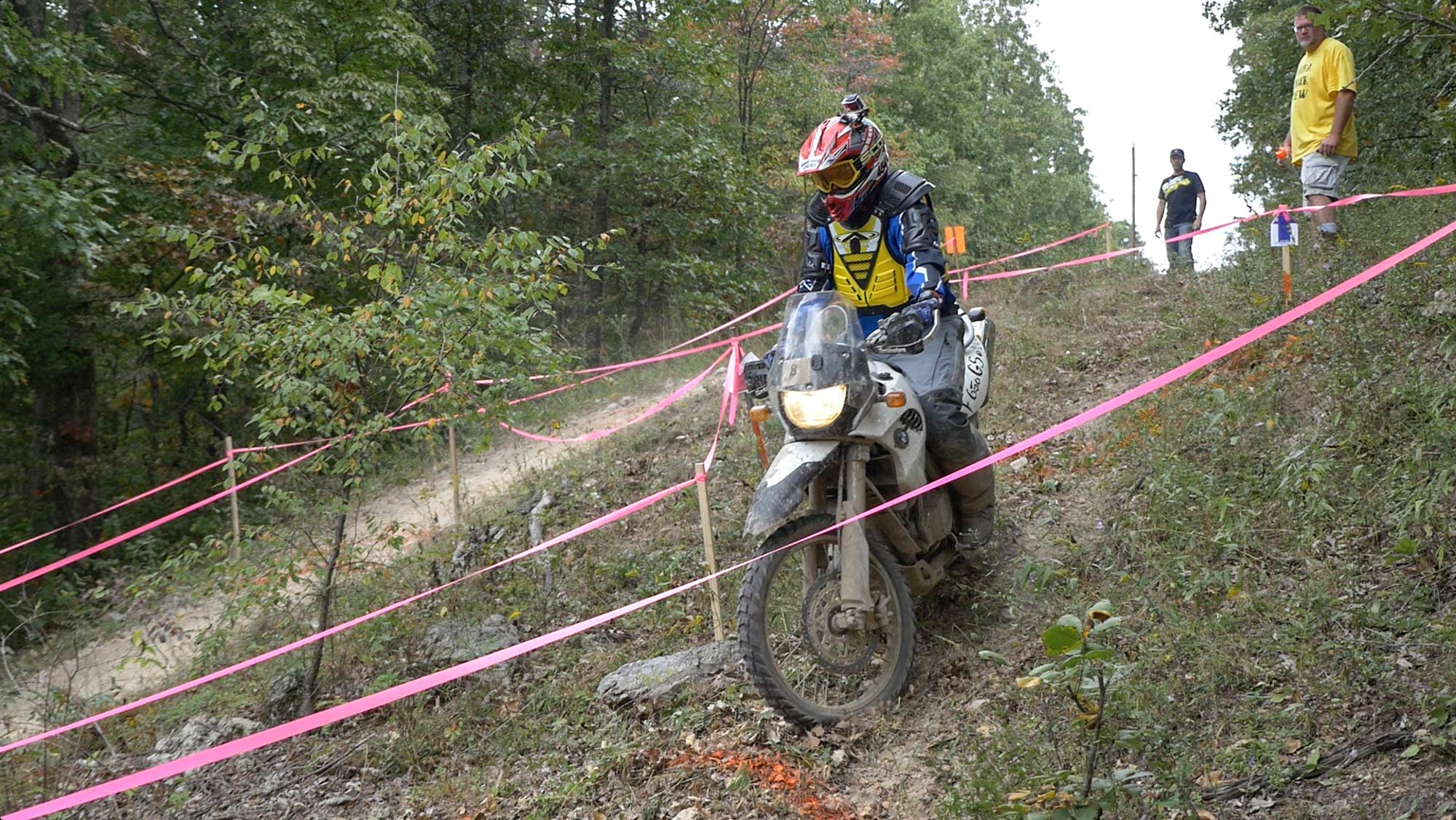
Sound. Capturing clean audio was a top priority. Recording quality sound with motorcycles and other vehicles buzzing around was difficult, but the right microphones helped us capture the moments we needed. Since we knew how challenging each ride would be, we attached several wireless lapel mics to riders while they ran through the obstacles. For interviews with Kurt and competitors, we used a boom mic for clear, quality sound.
This video production project turned into a true expedition. It was challenging and fun, and I went to bed every night feeling like I was fulfilling childhood dreams of working in the wilderness with a camera. And best of all, our team was able to work through the challenges and capture great footage of the entire event.
When it comes down to it, a lot of what we do at Atomicdust involves pushing ourselves to produce the best work possible. Even for a project that was way out of the ordinary, we used our experience and tools available to create something great.
We’re excited to see the final cuts of footage as the full GS Trophy story comes together, so stay tuned – we’ll be sure to share when it’s all said and done.
